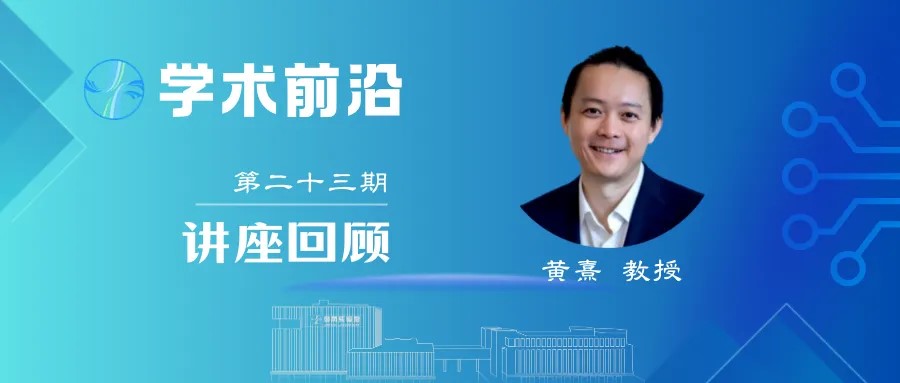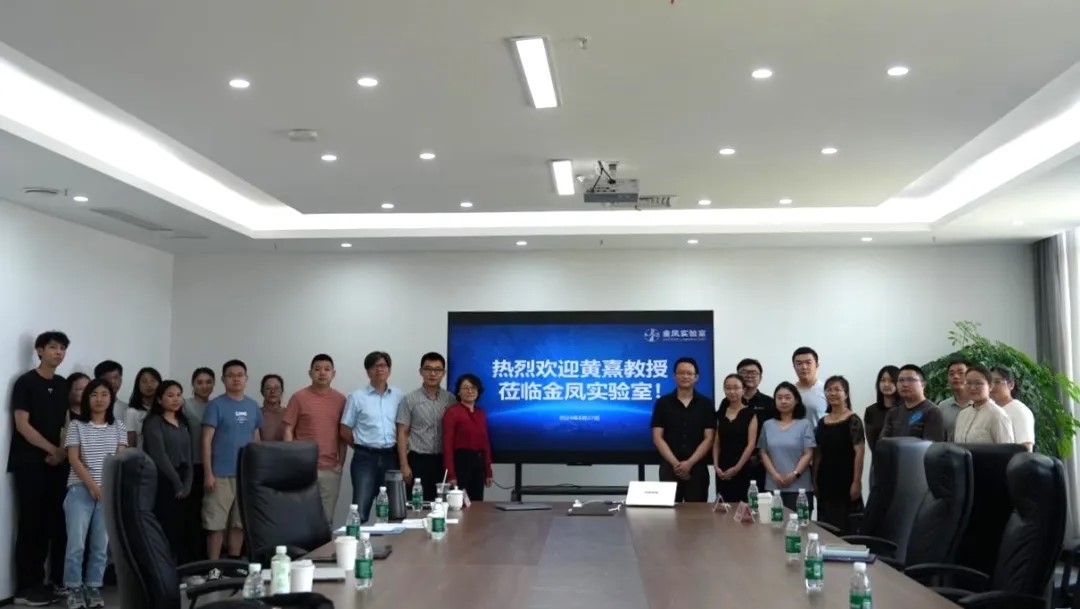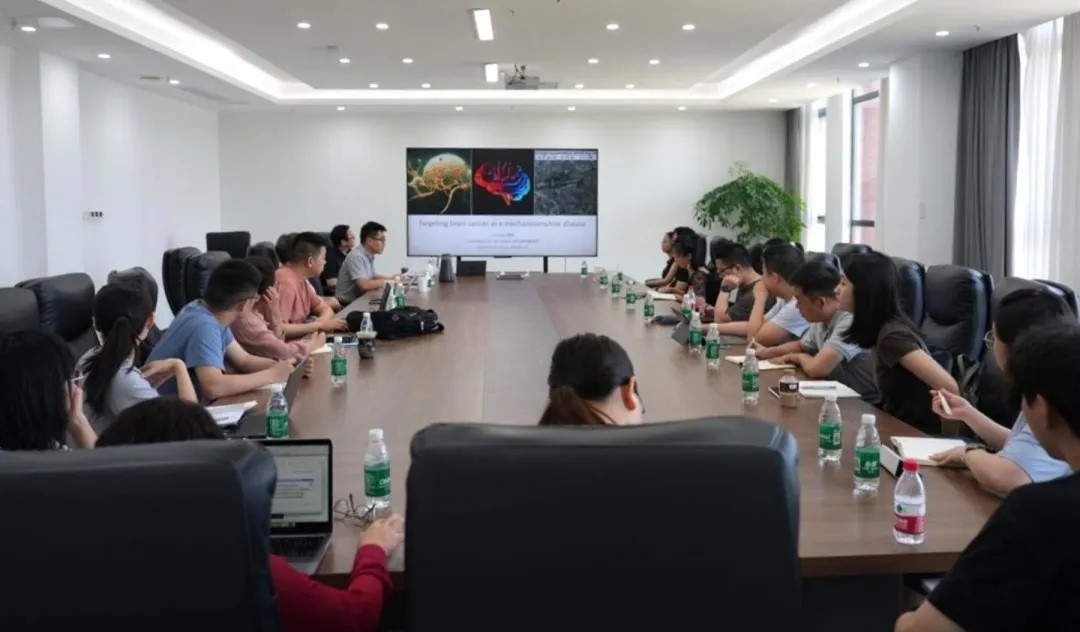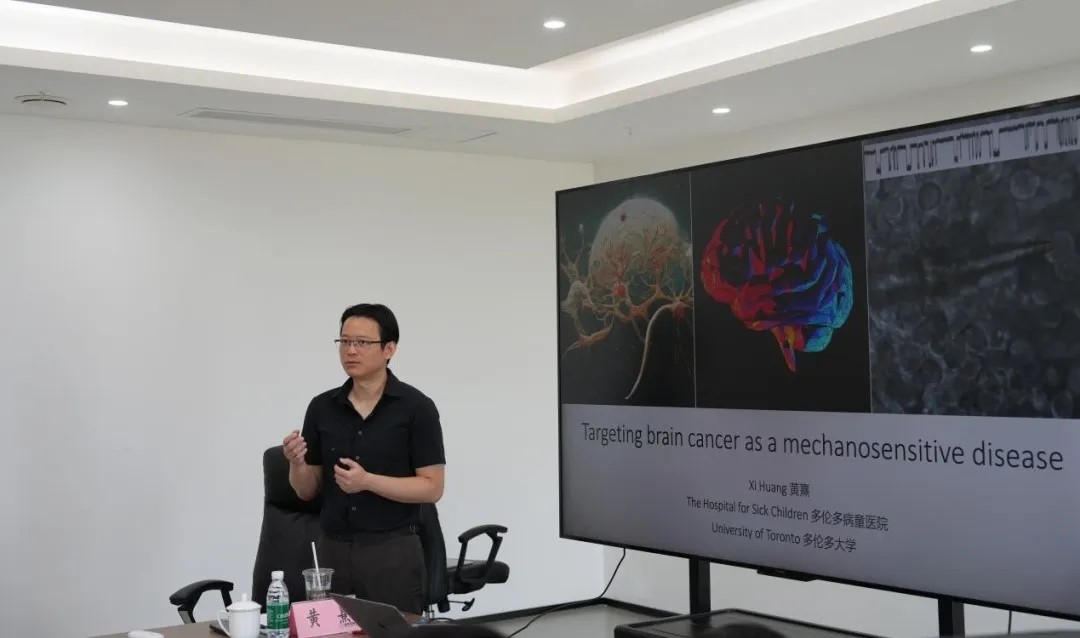
Lecture review | professor huang xi: targeting brain cancer as a mechanosensitive disease

lecture title
Targeting brain cancer
as a mechanosensitive disease
introduction to the keynote speakers
professor huang xi, canada research chair in cancer biophysics, senior scientist, department of developmental and stem cell biology, hospital for sick children, toronto, senior scientist, arthur and sonia labatt brain tumor research centre, toronto a tenured associate professor in the department of molecular genetics of the university, he was nominated as a new scholar of the royal society of canada and a fellow of the academy of artists and scientists in 2023.
as the project leader, professor huang xi has led a total of 33 research projects from the us and canadian governments or private foundations. in recent years, he has been the corresponding author in embo journal (2024), nature cancer (2023), neuron (2023), science advances (2023), pnas (2023), acs nano (2022), journal of experimental medicine (2020), neuron (2018) ) and other international journals.


professor huang xi was invited to jinfeng laboratory to give academic lectures
key points of the lecture

the blood-brain barrier and quiescent tumor cells in brain tumors often make chemotherapy less effective. professor huang's team conducted relevant research to solve this clinical problem. in this lecture, professor huang discussed in detail the mechanism of how targeting piezo2 can solve the blood-brain barrier and tumor resting state, thereby improving the therapeutic effect of brain cancer. first, professor huang's team discovered for the first time that in mouse cerebellar embryonal tumors (mb), sox2+ tumor cells wrap capillaries through a cellular process that relies on the mechanosensitive ion channel piezo2. the tissue stiffness of the mb forms a gradient with distance from the capillaries. the study also found that sox2+ tumor cells maintain local intracellular calcium ions, actin-myosin tension and adhesion by sensing matrix stiffness, promoting cell process growth and sequestering β-catenin on the cell surface. in addition, piezo2 gene knockout can reverse the wnt/β-catenin signaling state between sox2+ tumor cells and endothelial cells, disrupt the blood-brain barrier, reduce the quiescent state of tumor cells, and significantly enhance the response of mb to chemotherapy, revealing mechanosensitive tumor cells mask tumor chemotherapy by constructing the blood-brain barrier.
- About Us
-
Research Platform
- Major Disease Sample Database
- Innovative Drug Verification And Transformation Platform
- Experimental Animal Center
- Life And Health Future Laboratory
- Biomedical Imaging Platform
- Cell Multi-Omics Platform
- Pathology Technology Platform
- Bioinformatics Research And Application Center
- Jinfeng Pathology Precision Diagnosis Center
- Research Team
- Information Center
- Join Us


 渝公网安备50009802002274
渝公网安备50009802002274